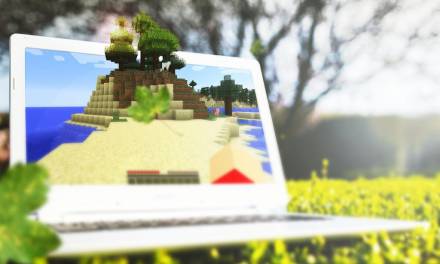How can we identify the ways in which game-based learning and gamification differ and the ways in which they share commonalities?
It seems for many in education, these two terms are frequently mixed up and used interchangeably. Let’s define what each are, and how they can play an important role in the classrooms of today.
Gamification
The application of typical elements of game playing (e.g. point scoring, competition with others, rules of play) to other areas of activity, typically as an online marketing technique to encourage engagement with a product or service.
The definition above does little to clarify what gamification means in an educational setting. At it’s core, gamification in education is a strategy of encouraging learning using game techniques to promote participation.
However, gamification doesn’t actually require that pupils play games, video based or otherwise (though gamification is most effective when they are).
Typically, when applied in the educational sector, there are four core situations in which gamification would be relevant and useful:
- If you have disengaged students and want to restructure academic content in a more attractive package
- In order to encourage logical, critical and strategic reasoning
- To motivate and engage students
- When you need to create a resource that offers equal support for students who are struggling as well as students who are excelling
What makes gamification even more appealing is the fact that there are so many online tools out there that make this process easy, fast and, in some cases, free.
Take ClassCraft – this platform allows students to work in teams in order to thrive in an online fantasy based world, allowing for instant gratification through ‘levelling up’ and providing extra points for students who help other students.
This epitomises the defining difference between game-based learning and gamification – ClassCraft relies on external elements, around which a virtual gaming world is built.
Game-based learning
A type of game play that has defined learning outcomes. Generally, game-based learning is designed to balance subject matter with gameplay and the ability of the player to retain, and apply said subject matter to the real world.
Game-based learning is where games are employed to achieve a learning outcome. Whilst with gamification a non-game environment is involved, game-based learning is entirely about learning through playing the game itself, whether digital or otherwise.
This form of learning can date its roots all the way back to the 1970s, with games such as The Oregan Trail – a game that pioneered the way for learning through games. Today, a seemingly never-ending collection of websites are dedicated to providing free game-based learning. Here are a few games that you can try for yourself:
Fun Brain: more than 100 education games with gaming suited for all ages.
GoNoodle: designed to liven up the classroom; each so-called ‘Noodle Brian Break’ takes about five minutes, and can be played on tablet, desktop or interactive whiteboard.
Angle Asteroids: helps children pick up the mathematical concept of angles by allowing them to perfect their asteroid shoot (on iOS).
Time Tribe: brings history to life and allows players to skip forward and back in time, learning about different cultures along the way (on desktop).
We also offer our own gamification and game-based learning resources through our EDLounge and EDArcade platforms. Contact us to find out more.









